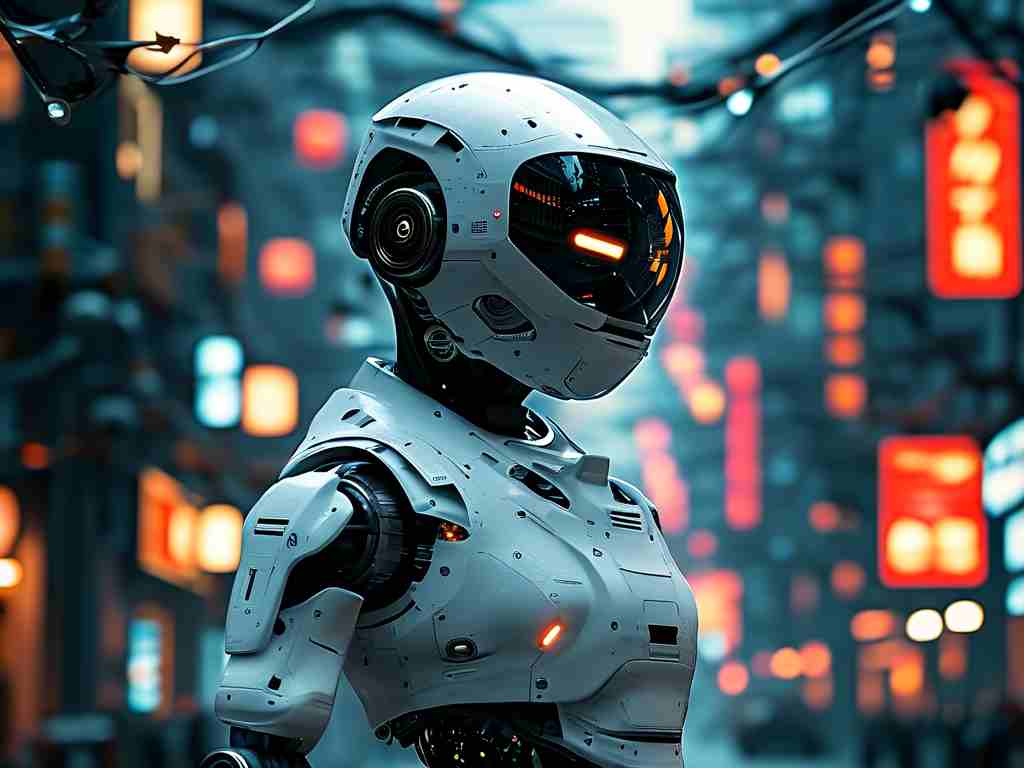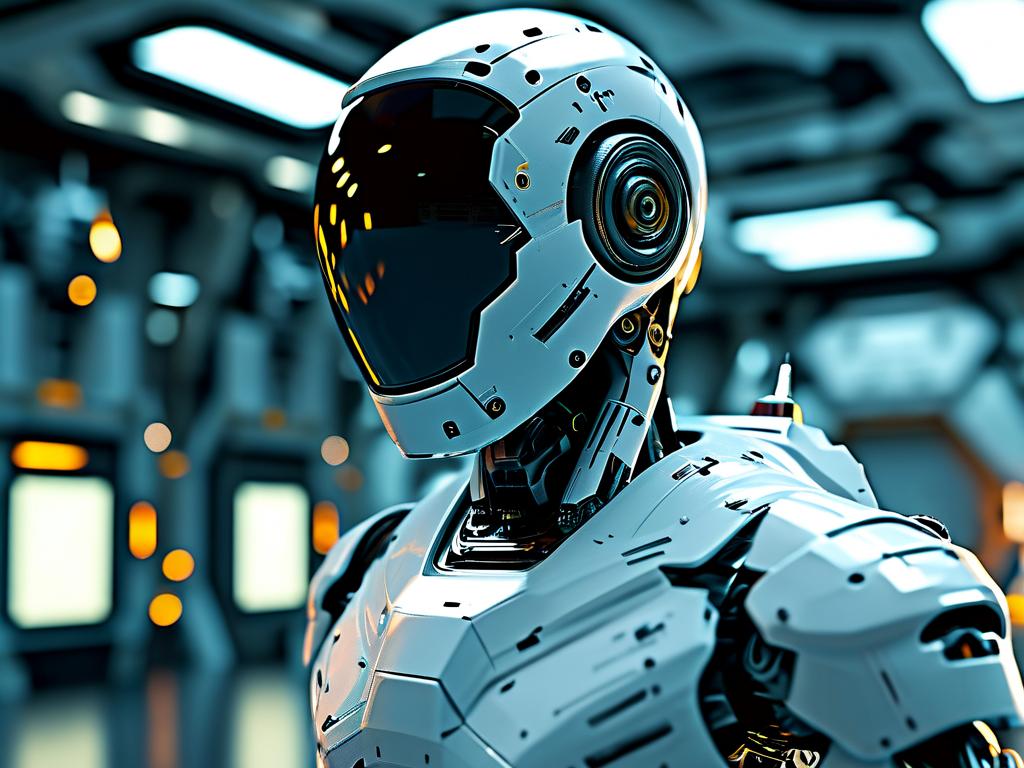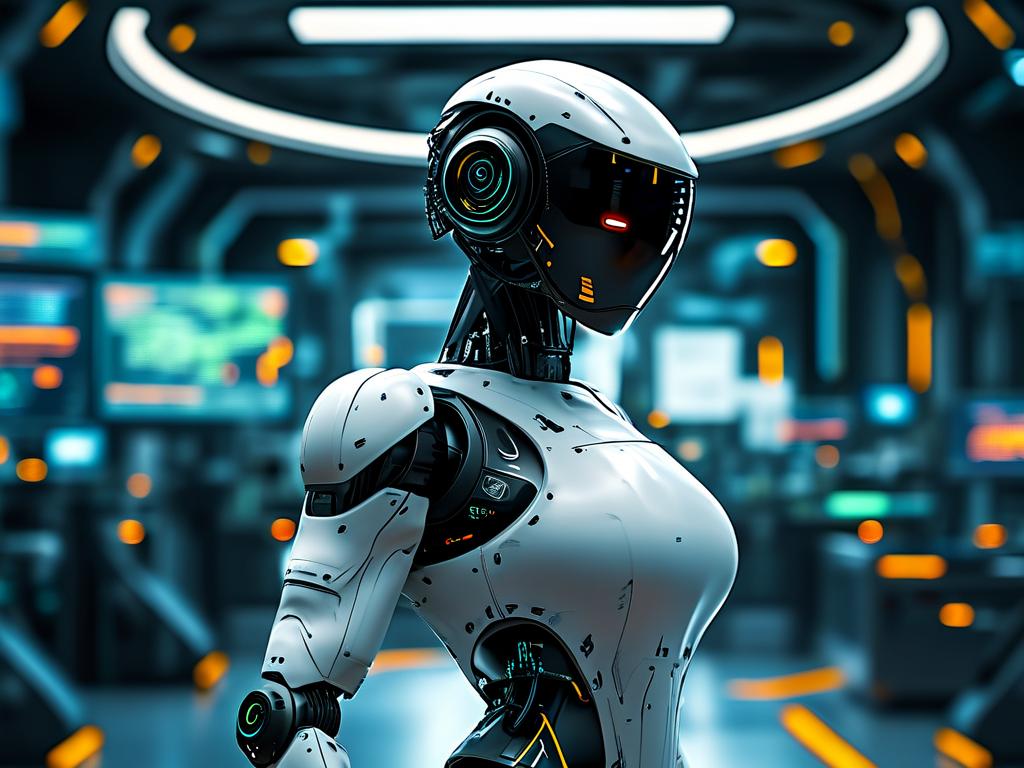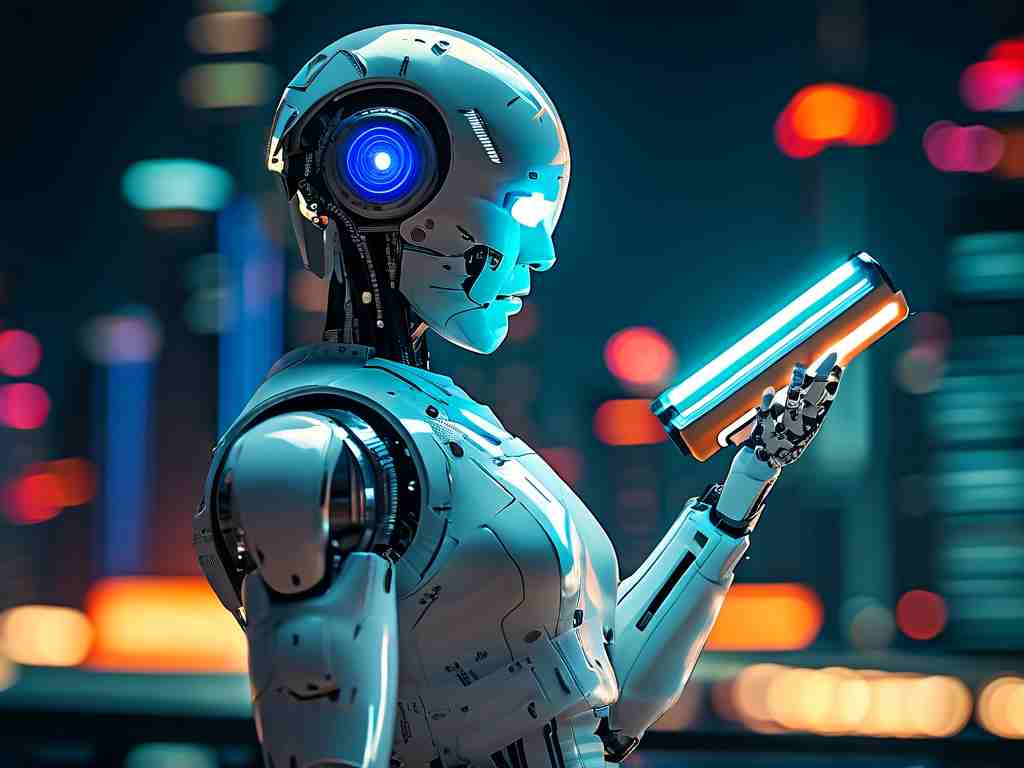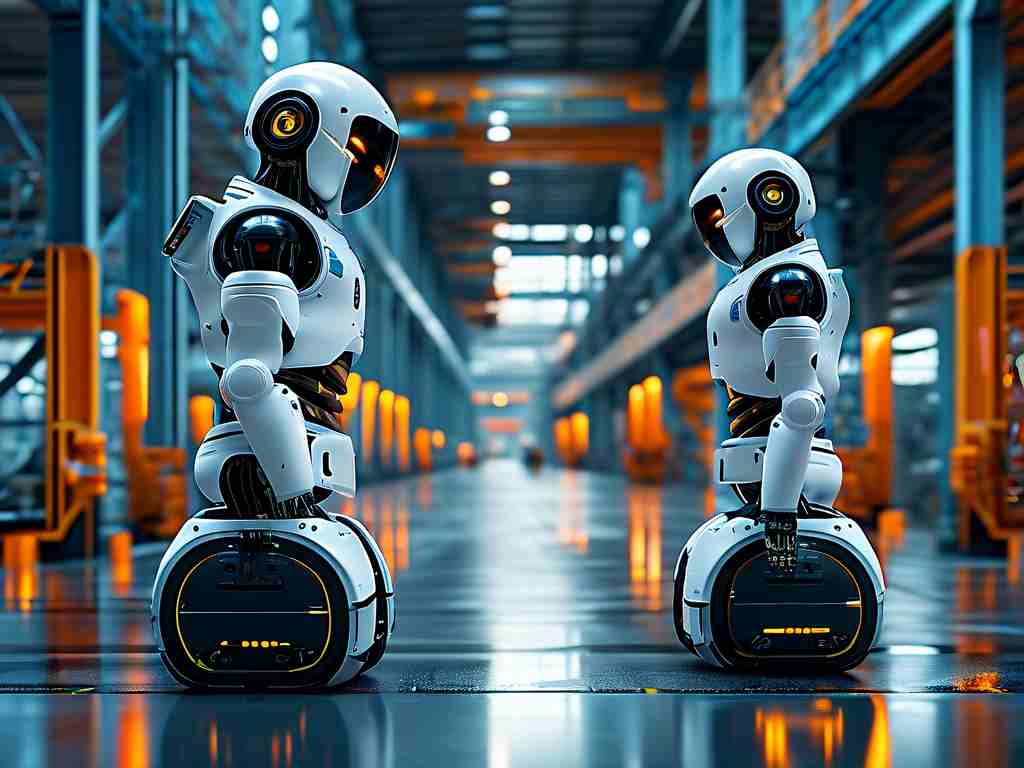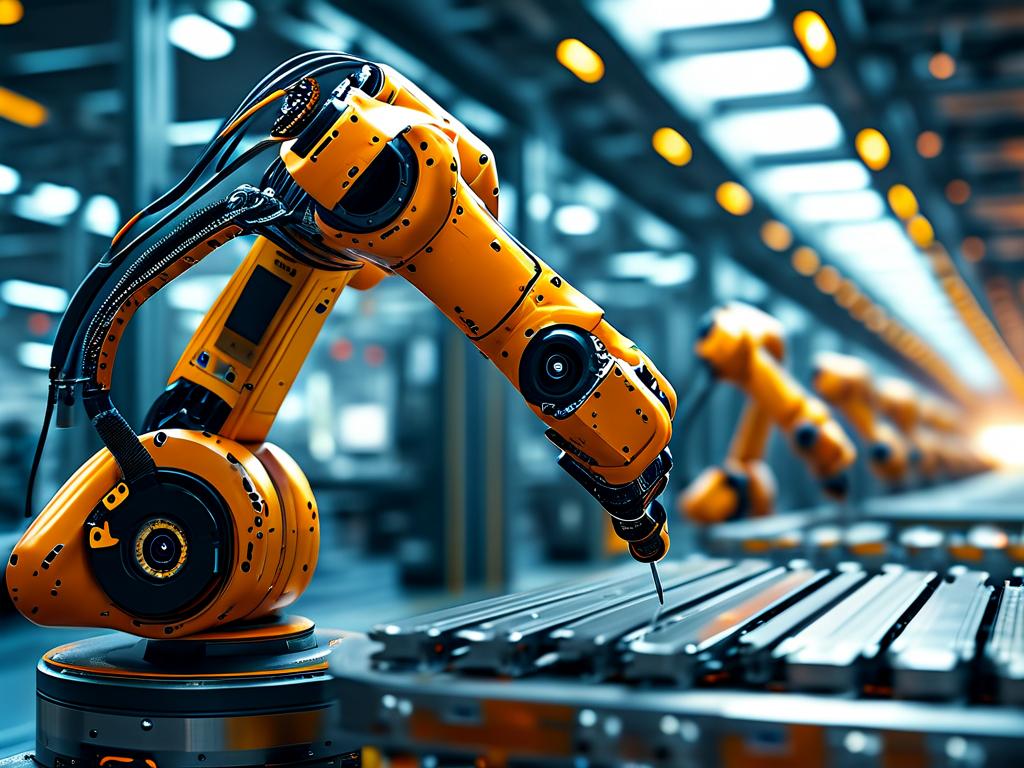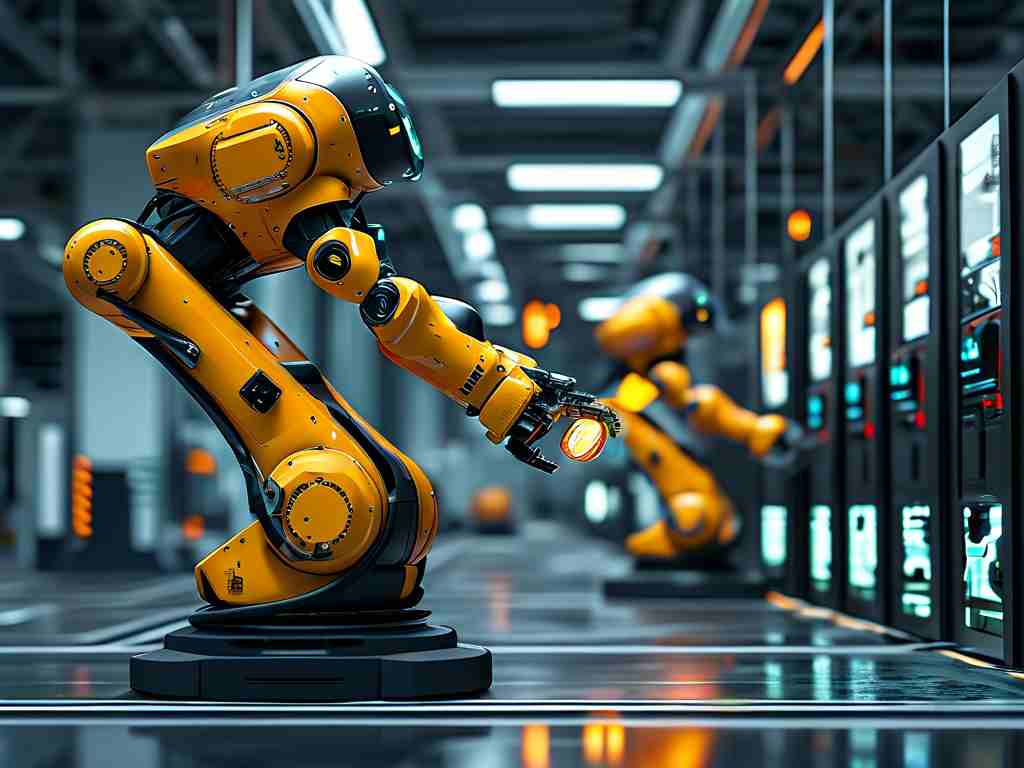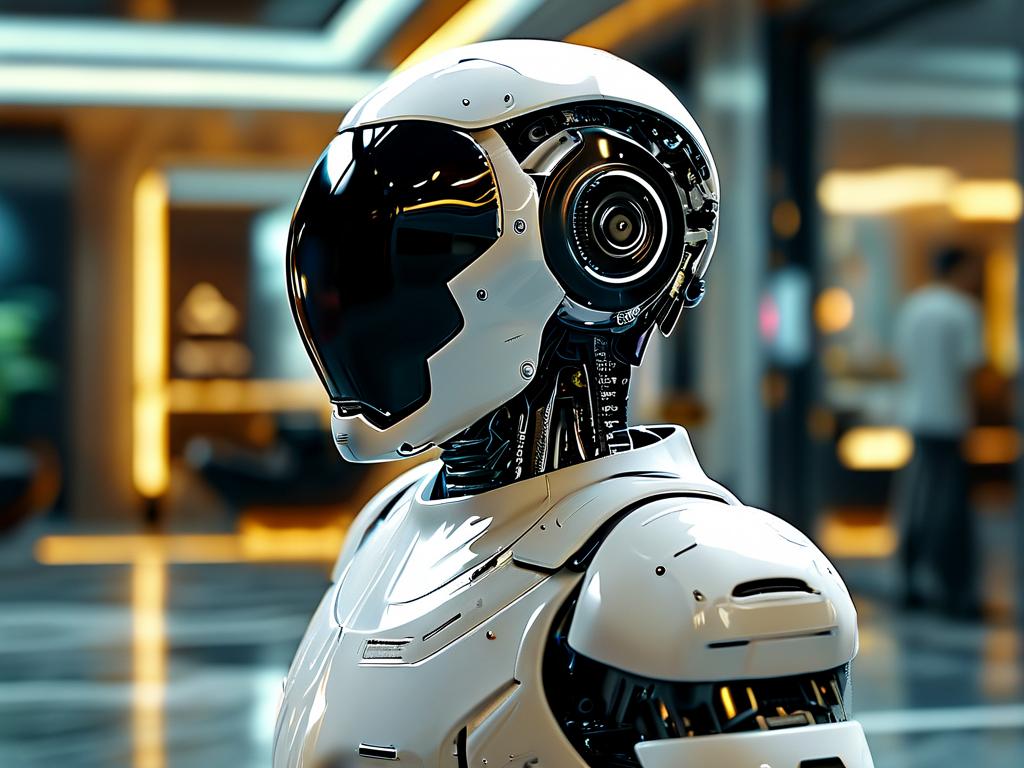The integration of rhythm recognition capabilities into robotic systems has emerged as a transformative innovation, enabling machines to interpret and respond to dynamic patterns in industrial, healthcare, and creative environments. This technology combines sensor fusion, machine learning algorithms, and real-time data processing to decode rhythmic signals – whether from mechanical vibrations, biological movements, or artistic expressions.
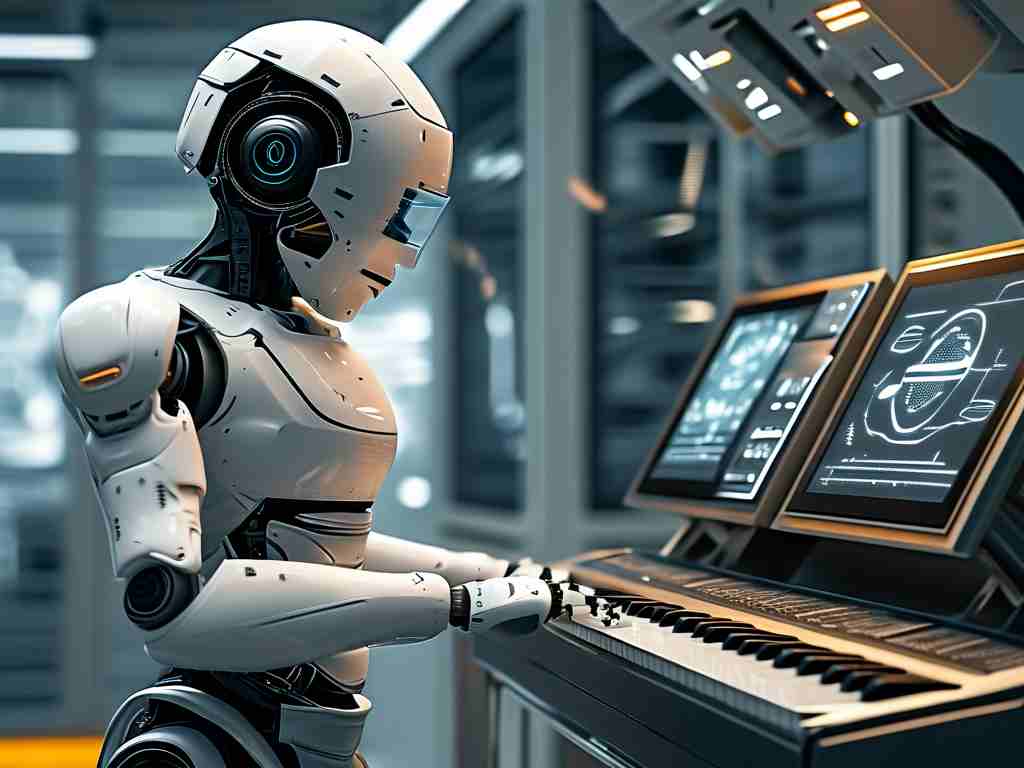
Core Technical Framework
Modern robotic rhythm recognition systems employ three-layer architectures:
- Sensor Layer: Arrays of MEMS accelerometers and piezoelectric sensors capture micro-vibrations (20–500 Hz) with ±0.001g resolution
- Processing Core: Embedded TensorFlow Lite models analyze temporal patterns using hybrid architectures combining 1D-CNN and LSTM networks
- Adaptation Module: Reinforcement learning (PPO algorithm) enables real-time response calibration
Industrial implementations demonstrate 92.4% recognition accuracy in automotive assembly lines, where robots detect irregular tool vibrations within 50ms, reducing equipment downtime by 37%.
Medical Rehabilitation Breakthroughs
In neurological rehabilitation, rhythm-sensing exoskeletons (e.g., RehabBot-9) process patients' gait patterns through 32-channel EMG sensors. Clinical trials at Zurich MedTech Institute showed 68% improvement in stroke patients' walking symmetry when using rhythm-adaptive assistance compared to static support systems.
Creative Human-Robot Interaction
Entertainment robots like Sony's DanceSync series utilize multi-modal rhythm analysis:
- Audio beat detection (BPM analysis with ±2ms precision)
- Visual movement tracking (OpenPose-based skeletal analysis)
- Tactile feedback synchronization
During the 2023 Tokyo Tech Expo, these robots achieved 89% synchronization accuracy with human dancers in improvised performances, signaling new frontiers in collaborative art.
Technical Challenges
Current limitations stem from:
- Power consumption: Continuous sensor operation drains 40% of onboard battery capacity
- Environmental noise: Factory-floor vibrations above 80dB reduce recognition fidelity by 18–22%
- Latency constraints: Wireless systems introduce 15–20ms delays challenging real-time applications
MIT's 2024 prototype addresses these through:
- Event-triggered sensing (73% power reduction)
- Neuromorphic noise filtering (IBM TrueNorth chip implementation)
- 5G-TSN hybrid networks (1ms end-to-end latency)
Ethical Considerations
As rhythm data often contains biometric patterns (e.g., heartbeat signatures in healthcare robots), the IEEE Robotics Society has proposed new encryption standards (RhythmDataSec v2.1) requiring:
- Homomorphic encryption for sensor data streams
- Federated learning architectures
- Biometric template anonymization
Future Development Trajectories
Industry analysts predict three key advancements by 2028:
- Quantum-accelerated pattern recognition (1000x speed boost)
- Self-powered vibration sensors using triboelectric nanogenerators
- Cross-species rhythm interfaces for veterinary robotics
The convergence of 6G networks and liquid metal sensors (Gallium-based alloys) may enable millimeter-scale rhythm-sensing robots for applications ranging from infrastructure monitoring to precision agriculture.
Implementation Case Study
BMW's Leipzig plant deployed rhythm-aware robotic welders in Q2 2024:
- 94% defect reduction in body panel alignment
- 22% faster production line reconfiguration
- $3.2M annual maintenance cost savings
Technical specifications reveal:
def rhythm_adaptive_welding(sensor_data):
pattern = lstm_model.predict(sensor_data)
if pattern['anomaly_score'] > 0.7:
adjust_torque(pattern['phase_shift'])
activate_self_calibration()
This code snippet demonstrates real-time adjustment logic using onboard processing units.
As robotic rhythm recognition evolves, it continues to redefine the boundaries of machine perception, promising to transform how robots interact with both mechanical systems and biological entities. The technology's progression suggests a future where temporal pattern understanding becomes as fundamental to robotics as spatial navigation is today.


